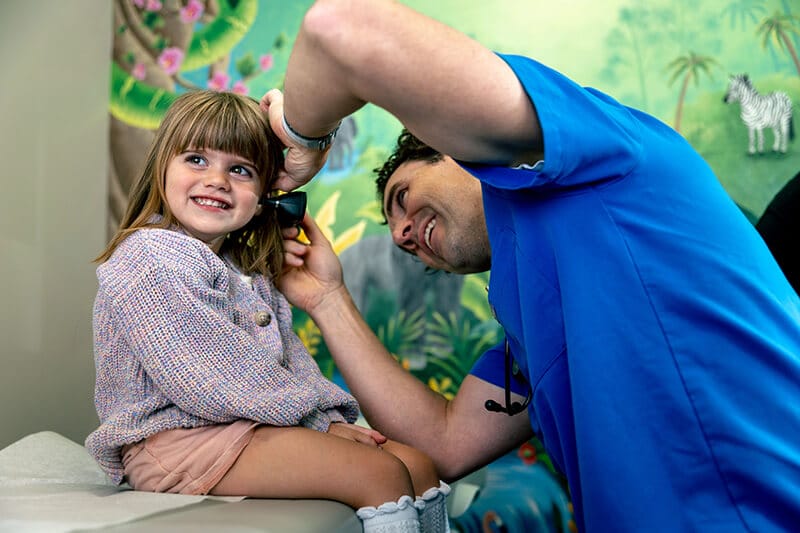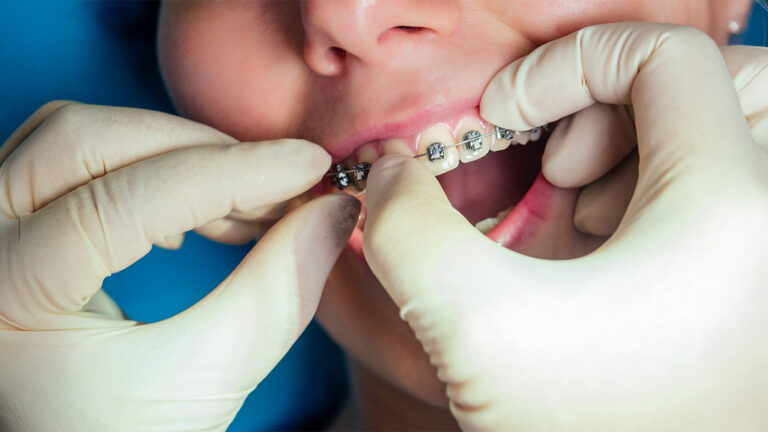If you know or suspect that your teen is self-harming, you’re probably feeling a wide range of emotions, including fear, confusion, and a sense of urgency to do something about it. You should know that self harm in teens is surprisingly common, treatable, and not something you or your teen should be ashamed of. Self-harm, otherwise known as nonsuicidal self-injury (NSSI), is characterized by the deliberate selfinflicted destruction of body tissue without suicidal intent and for non-socially-sanctioned purposes.
As many as one in five kids aged 10 to 18 engage in self harming in teens in one form or another. Self-harm in teens is popularly portrayed as cutting, typically on the arms. Still, it can present in other ways, including, but not limited to burning, self-hitting, hair pulling, pinching, biting fingernails until they bleed, and more. By contrast, while getting a tattoo or piercing involves damage to body tissue, they are not considered a form of NSSI.
Understanding What Drives Teens to Self-Harm
Why do teens self harm? Self-harm appears in teens across socioeconomic and cultural groups. There’s no single root cause that leads to self-harm, but there are common risk factors. Self-harm may be a response to intense emotional turmoil, overwhelming stress, or a feeling of failure. It may also be a symptom of an underlying mental illness like depression, anxiety, eating disorders, substance abuse, PTSD, and more.
When parents or caregivers learn that their teen is self-harming, they may be understandably concerned that their child is suicidal, but that’s often not the case. Most of the time, self-harm isn’t associated with suicidal ideation. Instead, it’s often a way of transforming internal emotional pain into external physical pain. It’s a way of exercising control when the world feels overwhelming. While most self-harm is nonsuicidal in nature, there is some evidence that long-term self-harm increases the risk of suicidal thoughts or actions over time. With that in mind, it’s crucial to recognize the signs and take action.
Physical and Emotional Clues That a Teen Might Be Self-Harming
When teens self-harm, they often feel shame and work hard to hide what’s going on. Sometimes, it’s not even something they really want to do but rather a compulsion that helps relieve tension in other areas of their lives. Adults use a wide range of coping mechanisms, some healthy and some not, which teens may not have access to. Self-harm may serve as an emotional release valve when your teen feels like they have no other outlet.
Parents should stay vigilant in looking for signs of self harming. It’s also worth noting that self-harm may look different from one teen to the next. Research indicates, for instance, that female teens are more likely to self-cut, while male teens are more likely to hit themselves. You will likely miss some less obvious signs if you’re only looking for cuts:
- Suspicious or unexplained wounds or scars
- Several cuts or wounds in the same body location
- A stash of objects like lighters, razors, or safety pins
- Wearing long-sleeved clothing during warm weather
- Bloody tissues or bandages hidden in trash cans
- Excessive isolation
- Suddenly covering up arms or legs when they haven’t historically
Building Trust and Communication to Help Teens Overcome Self-Harm
If you’ve seen any of the above signs or have any suspicion that your child is self-harming, initiate a conversation as soon as possible. Ask your teen directly if they have engaged in self-harm or if they have friends who have. Throughout the conversation, keep the focus on love, care, and help, avoiding anything that might be interpreted as judgment or shame. Some of the following suggestions may be helpful:
- Deal with your own emotions before you talk with your teen.
- Stay non-judgmental, and remember your priority is the health and happiness of your child.
- Prepare for resistance. Teens and self harming behavior often go hand-in-hand with secrecy. They may need time to wrap their heads around the conversation before opening up. It may take multiple conversations before they are comfortable talking about it.
- Clearly communicate that they aren’t in trouble, you aren’t angry, and you’re not ashamed.
- Help your teen identify and address root causes, especially when it requires changes at home.
- Make sure your home is safe. Sequester sharp objects like knives and razors, lock away any poisons or medications, and ensure firearms or other dangerous objects are inaccessible.
Your goal is to be open, accessible, and loving. Give your teen the time and space to express themselves in a safe, loving, and caring environment. Helping teens who self harm starts with understanding, patience, and guidance.
Helping Teens Replace Self-Harm with Healthy Coping Mechanisms
The most effective treatment involves identifying what’s triggering self-harm and working to address those root causes. This may involve your teen asking themselves questions like:
- What was happening in my life when I started self-harming?
- What feelings or thoughts do I experience just before I want to self-harm?
- Does self-harm happen at certain times, in certain places, or under particular circumstances?
Your teen might also benefit from keeping a journal to help identify patterns and triggers. Once you’ve identified those triggers, avoid situations that lead to self-harm wherever possible. When triggers can’t be avoided, find personalized alternatives to distract and redirect the compulsion to self-harm. If your teen is self-harming because of a sense of personal failure or because they believe “they deserve it,” use strategies to help break those negative thoughts. Here are some things that can help change negative thoughts:
- Make a list of positive things about yourself.
- Make a list of things you are grateful for.
- Talk to someone who cares about you.
- Do something nice for someone else. It’s much harder to feel like you’re a bad person when
you’re helping those around you.
When the urge to self-harm arises, one of the best things your teen can do is learn to delay. It sounds simple, but many people report that if they can postpone self-harm for just a few minutes, then the urge to self-harm goes away. The goal is to redirect thoughts and energies away from self-harm to a less harmful behavior.
- Tear up junk mail or other scrap paper
- Bang pots and pans together
- Do something calming like taking a bath
- Cook or bake a treat
- Eat sour candy
- Create a list of favorite things such as favorite animals, celebrities, movies, books, etc.
- Do a puzzle, then break it apart
Self harming teens may also report a sense of emptiness and use self-harm as a way to feel something. Those feelings need to be addressed at their root, but there are safer ways for kids to experience more intense sensations.
- Squeeze an ice cube in your hand
- Punch a pillow or another soft object
- Tap rhythmically with both hands on a book or table
- Eat a hot pepper or other spicy food
- Eat foods with “sharp” flavors like lemon or ginger or sour candy
When to Seek Professional Help for a Teen Struggling with Self-Harm
When it comes to self harm and teenagers, you can never have too much help. Reach out to your child’s pediatric provider as soon as you realize or suspect your teen is self-harming. Your child’s pediatric provider can work with our in-house mental health providers to ensure your child has the support they need.
If your teen is self-harming, they will benefit from one-on-one time with a health professional. While we all hope that our teens will be able to talk with us about anything, they may feel more comfortable talking about emotionally vulnerable topics with a neutral, confidential party. In addition, you’ll get resources and guidance to help you and your teen navigate the road ahead.
How to overcome self harm often involves treatment that includes a combination of medication and therapy, individually or as a family. Your pediatric provider can help you create a treatment plan tailored to your teen’s specific symptoms, patterns, and behaviors to ensure they get the personalized care they need.



